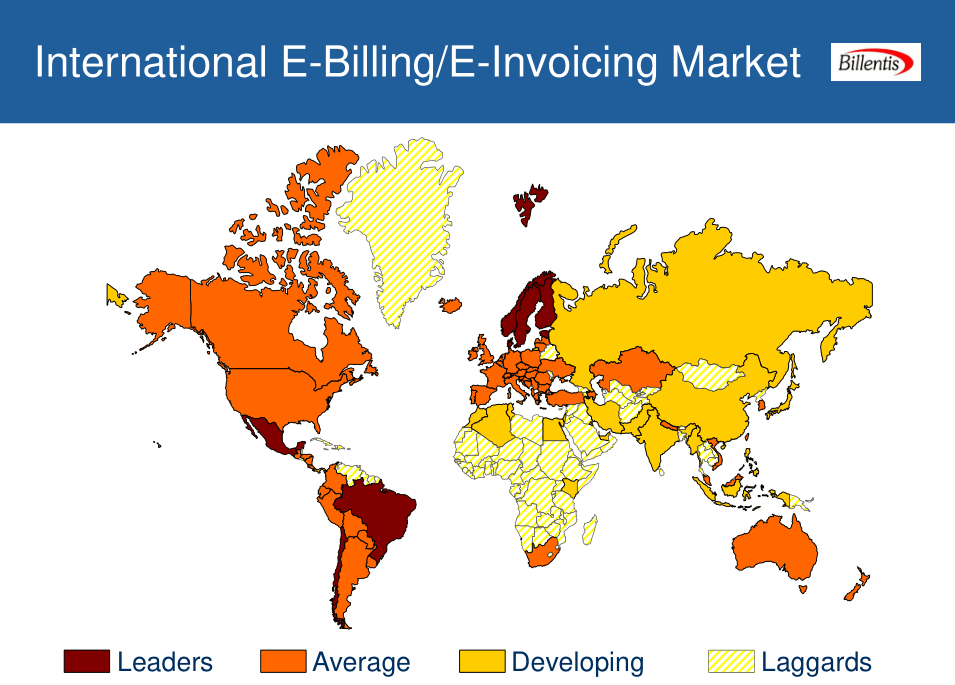
Today’s guest post comes courtesy of Uwe Dreissigacker, the Founder and CEO of Invoice Berry, an online invoicing and expense tracking platform.
As a business owner, invoicing might seem straightforward, making invoicing mistakes rare.
Invoices are something you send out at the end of the month manually without giving them much thought. But if you want to stay on top of your cash flows and continue being in the black as a business, it’s crucial you stop making these five invoicing mistakes.
Sending out a professional invoice and getting paid on time is a responsibility you can’t take any chances on. Your invoices are directly tied with your cash flow and business revenues even if it may not seem like it.
What this means is that something as simple as sending out an invoice for your provided services or product can increase your future earnings.
But this can’t happen unless you stop making the common invoice mistakes listed below.
If you want to improve your relationship with your customers and increase your future profit – be sure to read on.
1. Not Enough Details
2. Not automating your invoices
3. Not tracking your invoices
4. Not following up on late payers
5. Having poor manners on your invoices
1. Not enough details
To avoid this first invoicing mistake, you need to learn what exactly goes into an invoice.
When most small business owners start working on their invoices, they just list all the provided goods or services and move on with their day.
While this has been the standard for a long time now, and yes, you might still get away with it today, there are just so many other things that you can add to your invoice.
Your invoice is an extension of your business.
Essentially, you’re communicating your business culture, values, and beliefs through an invoice. Something as simple as creating a custom invoice with a personalized template can leave a lasting impression on your clients and increase your brand reach as well.
Of course, it’s important not to overstuff your invoice, but you should still go the extra mile when creating one.
For example, you can also attach your business voicemail number to your invoice in case your clients want to reach you immediately. This, in turn, encourages inbound calling and provides another way for your customers to reach you.
Once again – by taking your time and making your invoices more detailed, you get more brand value, better customer experience, and a means for them to contact you. All of this through a simple invoice.
2. Not automating your invoices
As mentioned above, most business owners just fill out an invoice last minute and don’t worry about it until the next month.
This is where the recurring invoice can help you out.
A recurring invoice is a type of invoice which automatically charges a client at specific intervals.
For those committed and returning clients, automating invoices is a great way to save time and money. Automating and using recurring invoices allows you to take care of more important things.
The supplier doesn’t have to wait for the customer to pay or repeatedly ask for the client’s credit card information. And similarly, the customer doesn’t have to send manual payments.
The idea here is to make the payment process convenient and more professional for everyone involved.
In order for a company to start using recurring invoices, they must first ask for permission from the customer to be charged on a regular basis for a specific amount. After that, the charges will continue to apply unless the contract is terminated or the client withdraws permission.
Essentially, if you put in the work and create a custom invoice and then start automating it (a process which doesn’t take long), you’re saving money and time in the long run.
And the less time you spend on invoicing manually, the more time you have for work and other tasks.
3. Not tracking your invoices
This is another important benefit of electronic (and automated) online invoices.
As a business owner, you probably have a lot of things to keep track of and eventually, you might feel that they’re starting to pile up.
Fortunately, using electronic and online invoices means having one less thing to worry about.
What happens when you start tracking and managing your online invoices?
Well, for one thing, they become neatly organized in one place where you can go over your past and draft invoices. You can also see which invoices are outstanding, still pending, and not paid yet. All of those invoices are also backed up digitally, so you won’t have to worry about losing them.
Did you know that in 2016 the estimate for electronic invoices reached around 30 billion worldwide with an annual growth rate of 10-20%?
 To this day, this number has been increasing.
To this day, this number has been increasing.
The fact of the matter is that in addition to being very convenient, electronic invoices allow business owners to help get a better overview of their finances.
4. Not following up on late payers
This may sound like an obvious invoicing mistake, but it still happens.
Sometimes a client might forget to pay, either because they forgot or out of fear of confrontation, and the invoice gets lost in their inbox. Even if they simply forgot to pay, it’s your cash flow at stake here.
To avoid this, be sure to follow up with your clients who are late on their payments. Like all other businesses, they get busy and possibly didn’t mean to delay the payment. Either way, be sure to send a polite follow up to remind them.
Alternatively, if you want to make sure your invoices get paid on time, consider updating your late payment policies and set an extra fee on late payments. This way, your clients will know for sure that they’d have to pay extra if they keep delaying your invoices.
Ideally, you should set payment terms for no longer than 14 days or so. Otherwise, your clients may procrastinate on your invoice. If they still skip on the due date, be sure to follow up, or if it’s urgent, you can call them virtually.
5. Having poor manners on your invoices
At the end of the day, if you want to continue and improve your current relationship with your clients – you should focus on the way you communicate with them.
Your invoices are a further extension of this. They’re part of your bigger customer experience strategy.
Treat your clients like people. They’ll appreciate it and return the love tenfold.
Consider being polite and adding simple phrases like “thank you for your business!” at the end of an invoice. This can increase your invoice payments rate and make them want to do business with you again in the future. As an added benefit, it also increases your brand image and leaves a lasting impression.
This may not sound like a big of a deal, but the closer you are with your clients the better. And you lose nothing by being polite!
The next time you’re customizing your invoice, focus on your manners. Improve your greetings, leave a “thank you” note at the end, and in general, don’t forget that there’s a person on the receiving end of the invoice.
Your clients will appreciate the small things, and you have nothing to lose.
Avoid These 5 Invoicing Mistakes
All in all, if you have no clear invoicing system set up, then you might be setting yourself up for failure.
In the past, you might have gotten away with a simple invoice which just lists the payment items and date. But now, there’s so much more that can go in an invoice.
Remember: the more personal your invoice is the better.
Be direct and concise when it comes to your finances, but also be polite when you can.
At the end of the day, you’re running a business. Automating your invoices opens up the possibility of focusing on other aspects. There are even more advantages to using online invoicing software, but generally speaking, you should know that electronic invoices are a powerful tool.
They’re an extension of your business and brand, so why take chances with your clients?
The next time you’re handling your invoices, be sure to take the extra step and avoid these five invoicing mistakes!







